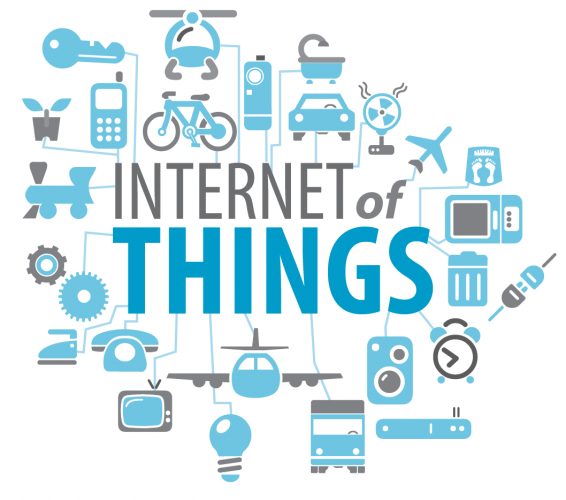Predictions suggest that there would be as many as 50 billion connected devices by 2020 (Cisco IBSG). This trend is analogous to the internet phenomenon less than two decades ago. As with the rise of any other new technology, we are dealing with a nascent phase in IoT where many new, unexpected things will occur, which would provide learning for the future.

The stability and security of end systems would be a major outcome if unmonitored usage of IoT is allowed to continue: recently, Black Hat researchers exploited flaws in the ZigBee protocol (used in IoT communications) which almost compromised Philip’s home automation systems, motion sensors, switches and many other devices. Last year, hackers were able to disable an SUV on a busy highway, increasing the potential for remote-controlled accidents using disabled brakes, tire pressure system compromise and engine failures.
If IoT has to experience the next level of growth, standardization is going to become mandatory for device-makers and future-enabled organizations worldwide. Standardization is also necessary because connecting devices to internet is easy but how they communicate with each other so as to truly reap maximum benefits is another moot point.
IoT Standardization Platform
There are numerous challenges that have to be overcome in achieving uniform standards. Standardization continues to be the nightmare of enterprises / connected home players. Connectivity, Security, Privacy and interoperability stand to be the basic drivers of platform standardization.
Industry players are trying to evolve common IoT standardization links through AllSeen Alliance, OIC, The Thread group (now part of Google), Google’s project brillo and Apple’s Homekit. The Global Standards Initiative on Internet of Things (IoT-GSI) is currently one of the consortiums working to evolve a uniform, global standard on IoT devices.
Different players have introduced the open standard for IoT which basically comprise of the following building blocks such as:
- OS: Software development platform for writing business specific applications
- HW enablement platform: Hardware development kit with choice of processors and device management
- Other feature sets including integration APIs, connectivity protocols, security options, analytics & visualization options.
Choosing your IoT Platform?
None of the players have so far, emerged as a clear winner or a perfect solution in the IoT standardization race as the industry has years to mature and the scalability is yet to be proven.
There are 4 to 5 major criteria that can be a starting point to address this million dollar question:
- Communication protocols supported
- Choosing the End Application: Consumer space Vs. Industrial Setup
- Scalability
- Cost comparison and its justification
- Availability of analytics in the platform, especially in case of 3rd party data mining
- Time considerations in implementing IoT
The best way to solve these challenges is by using the services of a consulting-execution partner who can help you identify and justify the need for IoT implementation. The partner should be also able to assess your unique needs, implement the solution on any standard IoT platform, and design a custom solution right from sensor integration to need-based gateway development and custom cloud solutions.
eInfochips has developed its own IoT solutions for product companies and enterprises – IoT Xcelerator which encapsulates the full maturity cycle from smart sensors to gateways to cloud and to smart analytics. To know more on our IoT offerings, drop us an email at: marketing@einfochips.com
Also read:
- Top 5 Trends in IoT for 2016
- Industrial Internet of Things (IoT) : Embracing a Revolution with IIoT!













